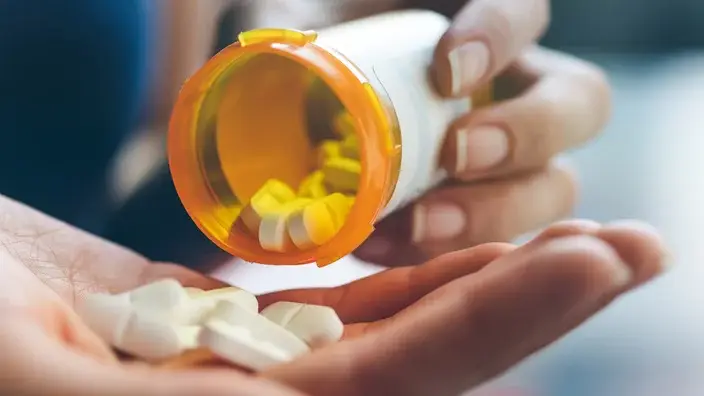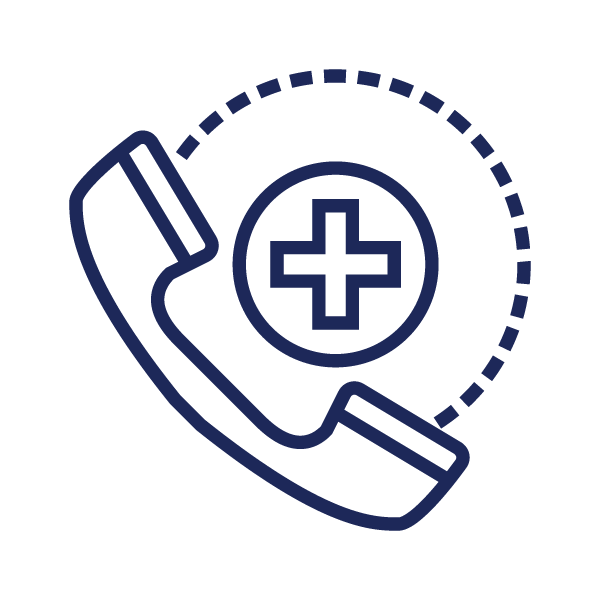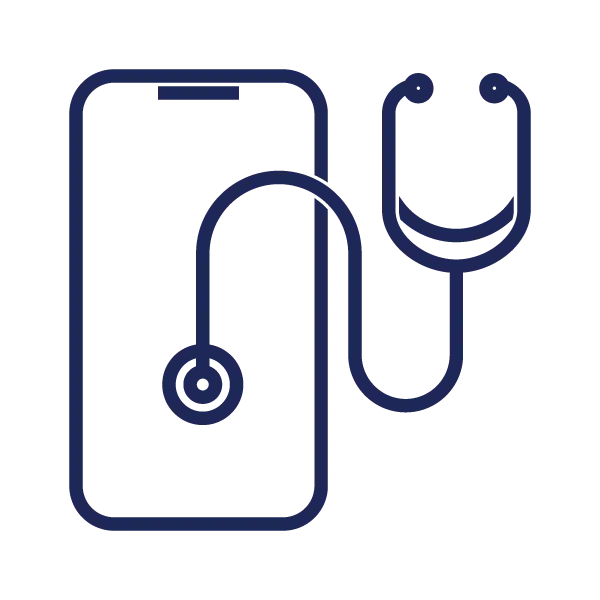Medication for Opioid Use Disorder (MOUD): Understanding Its Importance and Effectiveness
Introduction to Opioid Use Disorder (OUD)
Opioid Use Disorder (OUD) is a chronic condition characterized by a strong, compulsive desire to use opioids, even when they cause harm. This disorder can develop from the use of prescription painkillers or illicit substances like heroin. OUD has devastating effects on individuals, families, and communities, contributing to high rates of overdose and death.
To combat this crisis, Medication for Opioid Use Disorder (MOUD) has emerged as a cornerstone of effective treatment. This approach uses FDA-approved medications to manage withdrawal symptoms, reduce cravings, and stabilize brain chemistry, allowing individuals to regain control of their lives.
What Is MOUD?
MOUD involves the use of medications, often in combination with counseling and behavioral therapies, to treat OUD. The three primary medications used in MOUD are:
- Methadone: A long-acting opioid agonist that reduces cravings and withdrawal symptoms without producing the “high” associated with opioid misuse.
- Buprenorphine: A partial opioid agonist that similarly reduces cravings and withdrawal symptoms while also blocking the effects of other opioids.
- Naltrexone: An opioid antagonist that blocks the effects of opioids, preventing the euphoria associated with opioid use.
These medications can be prescribed and administered in various settings, including specialized clinics, primary care offices, and telemedicine platforms.
Effectiveness of MOUD: Convincing Statistics
The effectiveness of MOUD in treating OUD is well-documented, with numerous studies and real-world data underscoring its life-saving potential. Here are some compelling statistics:
- Reduction in Overdose Deaths: According to a study published in the Journal of Substance Abuse Treatment, individuals receiving MOUD have a 50% lower risk of dying from opioid overdose compared to those who are not treated with medication . This dramatic reduction highlights the life-saving impact of MOUD.
- Increased Treatment Retention: A study in the Journal of the American Medical Association found that individuals using MOUD are more likely to stay in treatment for a longer period. Retention rates for methadone treatment can reach up to 80% at one year, compared to less than 20% for individuals receiving only counseling .
- Improved Social Outcomes: MOUD not only reduces opioid use but also leads to improved social functioning. Research has shown that individuals receiving MOUD are more likely to gain employment, rebuild relationships, and avoid criminal activity compared to those who do not receive medication-assisted treatment .
- Reduction in Infectious Diseases: MOUD has been associated with a significant decrease in the spread of infectious diseases like HIV and Hepatitis C. This is particularly evident among individuals who inject drugs, as MOUD reduces the frequency of needle sharing, a major risk factor for these diseases .
- Cost-Effectiveness: Treating OUD with MOUD is also cost-effective. According to the National Institute on Drug Abuse (NIDA), every dollar invested in MOUD yields a return of $4 to $7 in reduced drug-related crime, criminal justice costs, and theft. The savings increase when health-related costs are considered, with a return of up to $12 .
Challenges and Misconceptions
Despite its proven effectiveness, MOUD faces challenges, including stigma and misconceptions. Some people mistakenly believe that using medications like methadone or buprenorphine is simply “replacing one addiction with another.” However, these medications, when used as prescribed, help stabilize brain chemistry and do not produce the same euphoric effects as opioids.
Another challenge is access to treatment. Many individuals with OUD do not have access to MOUD due to geographic, financial, or regulatory barriers. Expanding access to these life-saving medications is critical to addressing the opioid crisis.
Conclusion
Medication for Opioid Use Disorder (MOUD) is a powerful tool in the fight against the opioid crisis. With its proven ability to reduce overdose deaths, improve treatment retention, and enhance social outcomes, MOUD offers hope and a path to recovery for individuals struggling with OUD. However, increasing awareness, reducing stigma, and expanding access to MOUD are essential steps toward ensuring that more people can benefit from this effective treatment.
Sources
- Journal of Substance Abuse Treatment
- Journal of the American Medical Association
- National Institute on Drug Abuse (NIDA)





